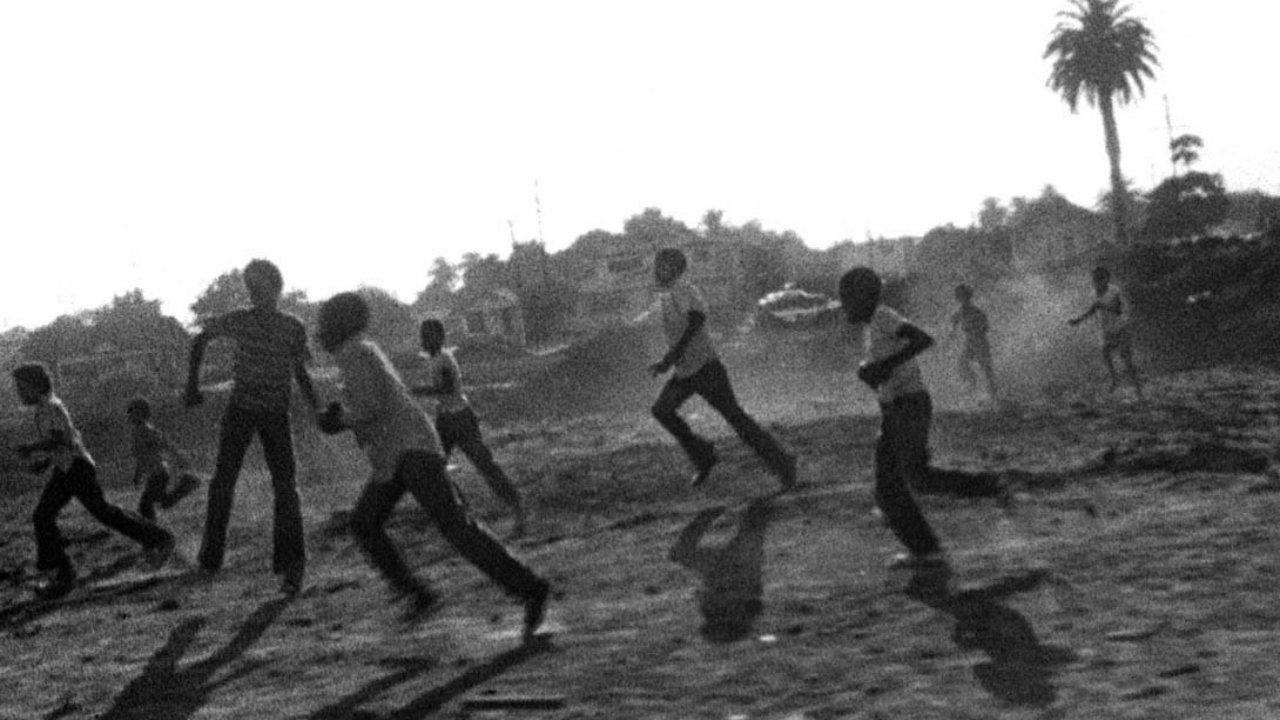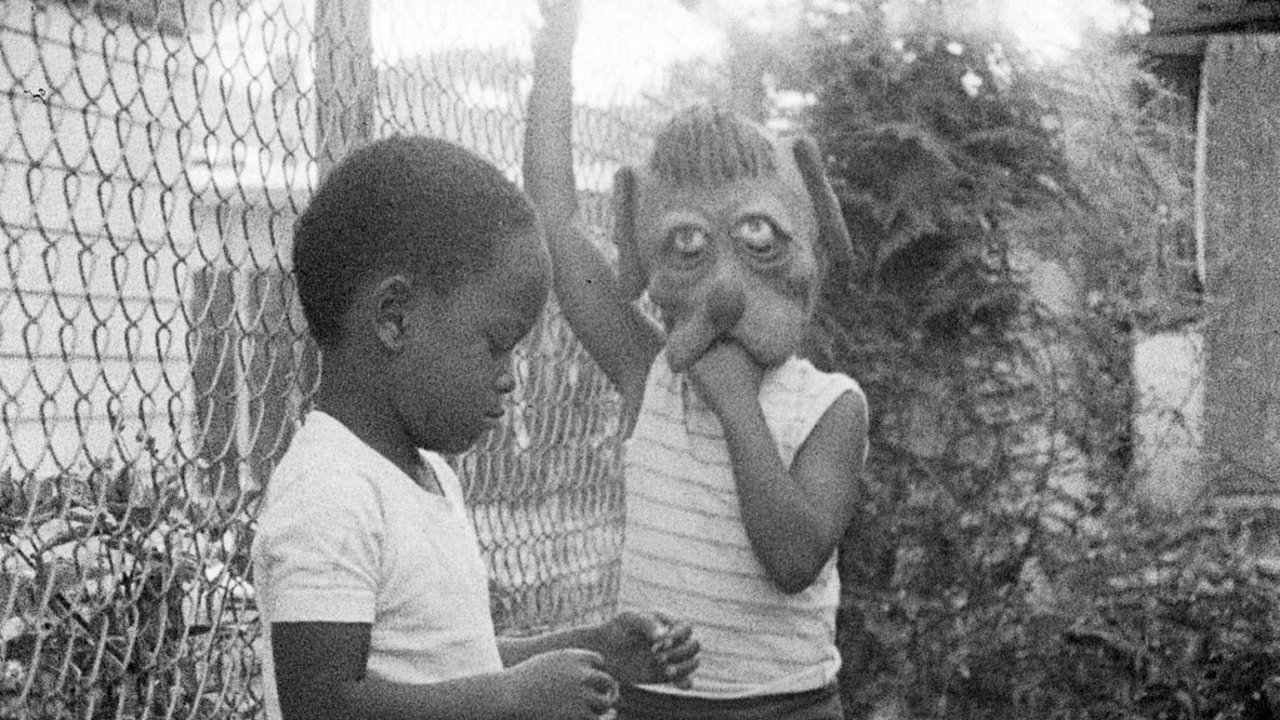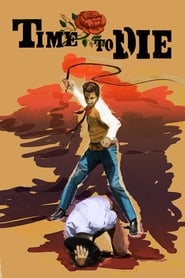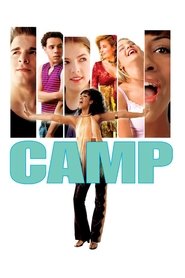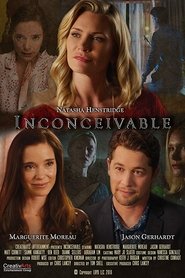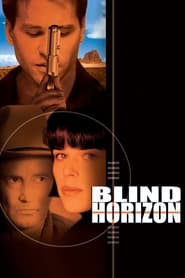
Video Sources 0 Views
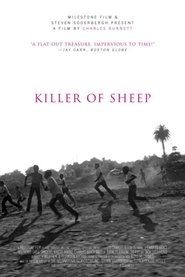
Synopsis
Watch: Killer of Sheep 1978 123movies, Full Movie Online – Stan works in drudgery at a slaughterhouse. His personal life is drab. Dissatisfaction and ennui keep him unresponsive to the needs of his adoring wife, and he must struggle against influences which would dishonor and endanger him and his family..
Plot: Stan works in drudgery at a slaughterhouse. His personal life is drab. Dissatisfaction and ennui keep him unresponsive to the needs of his adoring wife, and he must struggle against influences which would dishonor and endanger him and his family.
Smart Tags: #national_film_registry #slaughterhouse #violence #train #top #throwing_a_rock #thief #theft #television_set #teenage_boy #tears #street_life #standing_on_one’s_hands #song #singing #singing_to_a_doll #singer #shoes #running #rock_fight #train_track
Find Alternative – Killer of Sheep 1978, Streaming Links:
123movies | FMmovies | Putlocker | GoMovies | SolarMovie | Soap2day
Ratings:
Reviews:
A piece of humanity
It’s not about blacks, it’s not even necessarily about the poor, it’s a piece of humanity through the eyes of a sensitive filmmaker, and as such is a subtle and delicate thing. Unfortunately, all the ‘hooplah’ (Library of Congress, student film, etc.) about the movie I think basically buries the beauty of this movie for many viewers.The beauty of this movie are in the subtle details that Burnett catches. The film has been described as being ‘documentary’ in style, but to call it that misses the deeper beauty of many of the scenes. To call it a ‘slice of life’ may be a bit more accurate, but even that doesn’t sit well with me- it implies a sort of haphazard, random, cutesy story meant to seem ordinary but ‘mean’ more, or end up wrapping itself around a common Hollywood plot and message (love conquers all, try hard and don’t give up, etc.) This movie is more like a wonderfully telling and sensitive and subtle piece of poetry. Without a significant plot line, all there may be are details, but the devil is in the details. Details captured from real life, not clumsy metaphors to assigned like a color-by-number picture.
I don’t like giving ratings, especially too soon after I see a movie. But I’ll rate it a 9 for now, and perhaps revise later (though I doubt I will ever lower my score.) A movie like this can be challenging to watch. There’s no parts to piece together or ‘figure out’, there are no big character arcs or big dramatic moments. I’ll leave it to each own’s opinion whether this is a good or bad thing, but all the hyperbole aside, in my opinion this is a great movie.
Review By: madmaxmedia
Stangely Compelling Film
For the life of me I wonder what prompted the people at the London Film Festival to screen this film at the NFT.Filmed sometime in the 70s in Black & White it’s the story of a family told over maybe two days and is strangely compelling.
There’s no typically Afro-American Urban film scenes just a story about a family and what do. Children play games, dad goes to work and mum looks after the home, an everyday story of life. But don’t let that put you off because the film really draws you in somehow. It features a great soundtrack of tunes taken from the 30/40s and some strange (to my mind) editing.
Do try and see this film if it’s at a Festival near you because you too will be drawn into it as I was.
Weirdly Wonderful Film.
Black Narcissus
http://www.imdb.com/mymovies/list?l=14198203
Review By: BlackNarcissus
Other Information:
Original Title Killer of Sheep
Release Date 1978-11-14
Release Year 1978
Original Language en
Runtime 1 hr 20 min (80 min)
Budget 100000
Revenue 362222
Status Released
Rated N/A
Genre Drama
Director Charles Burnett
Writer Charles Burnett
Actors Henry G. Sanders, Kaycee Moore, Charles Bracy
Country United States
Awards 4 wins & 3 nominations
Production Company N/A
Website N/A
Technical Information:
Sound Mix Mono
Aspect Ratio 1.37 : 1
Camera N/A
Laboratory N/A
Film Length N/A
Negative Format 16 mm
Cinematographic Process Spherical
Printed Film Format 35 mm (blow-up), 16 mm
Original title Killer of Sheep
TMDb Rating 6.562 89 votes


